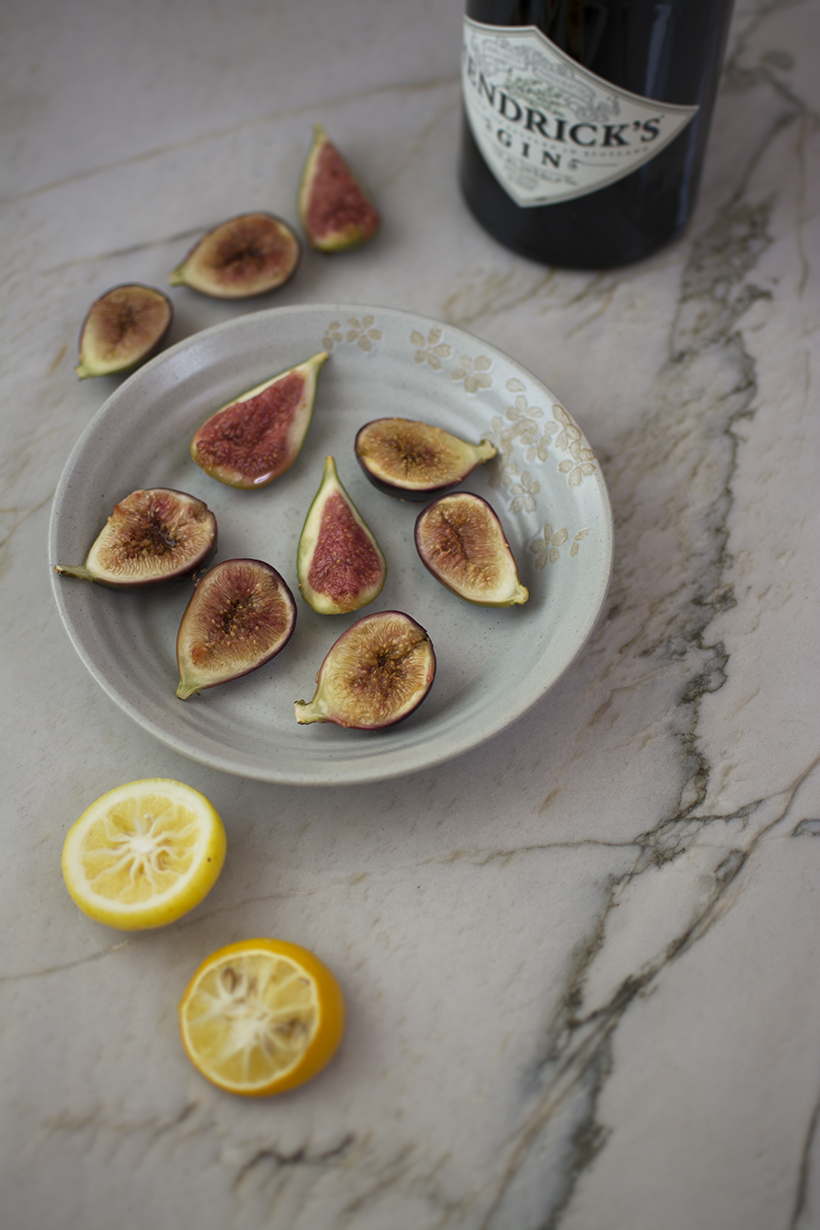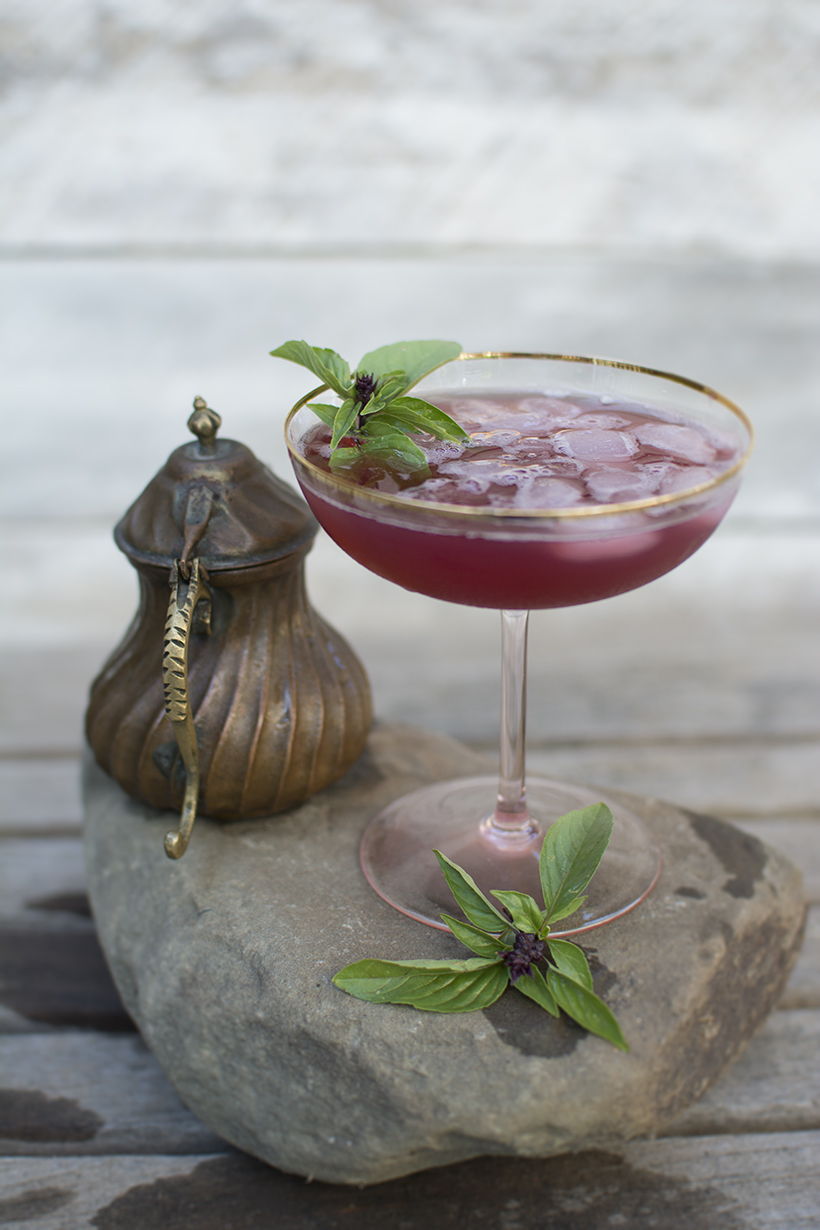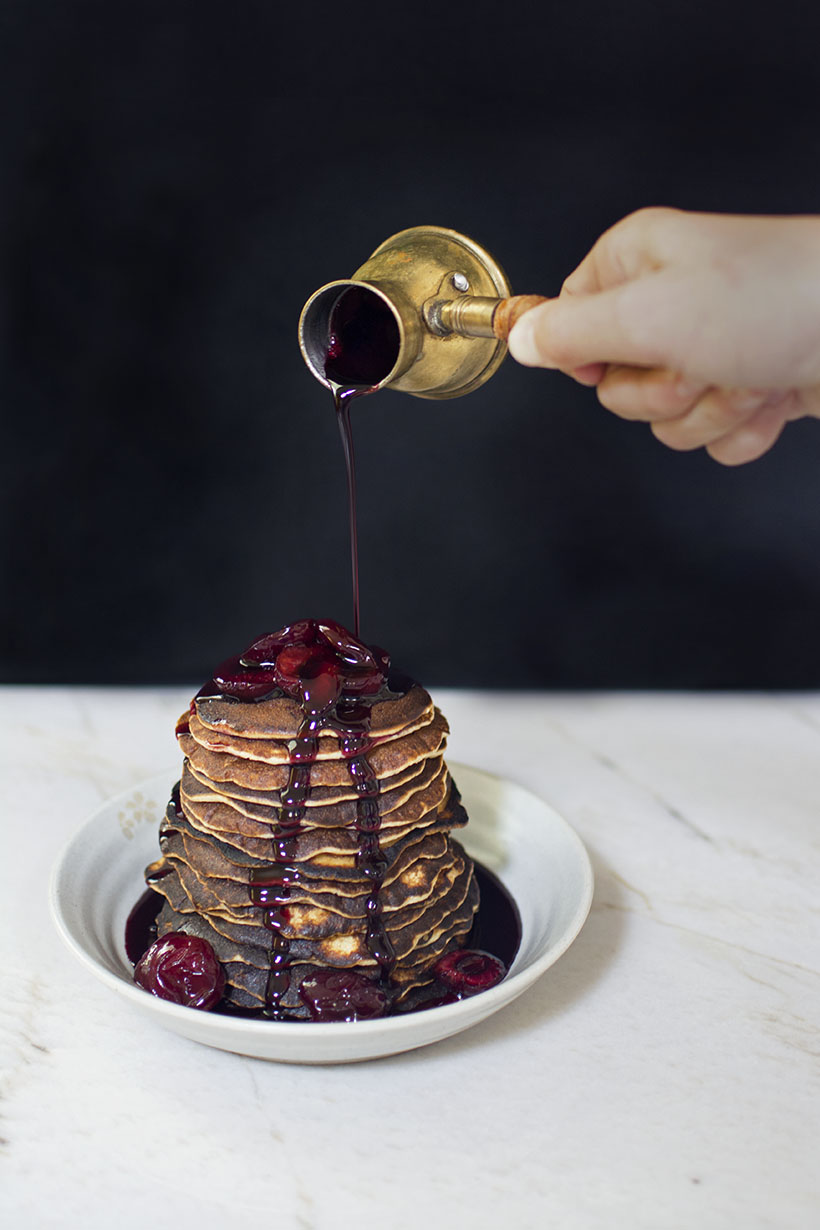
Five days and four nights on the Green River in the Desolation Canyon of Utah is a superb antidote to civilization and a refreshing reminder that “on the river, there are no problems, only inconveniences.” That’s what our river guides tell us on the first day and it proves true as we float 84 miles through the Uintah and Ouray Indian Reservations from Sand Wash Ferry to the takeout near Green River, Utah. The silken silted river weaves underway and the vast palette of unquestioning blue above is highlighted in bright punctuation marks when the moon dips below the highest plateau. Deeply fissured cottonwoods stand guard like sentinels offering cool shade with their gently fluttering wind-whipped leaves.

I’m comfortably immersed in this foreign space, unwittingly reconfiguring my inner compass in small fits and starts, a repetitive series of internal combustions. Bug bites, desert hot days, itchy sun rashes and an unexpected thunder and lightning storm are small inconveniences, and yet not really, because surreptitiously this river silt is getting under my skin, and I like it.

Day one begins at 6AM on a 7-seater Cessna, transporting us 40 minutes away, eventually landing on the top of a red rock plateau with a dirt runway, followed by marching down a single track trail, dropping several hundred feet in elevation to the river below. We strike out on the waters like the Lewis and Clark team, settling in quickly after day one and the longest of all the days at 26 miles on the river under a hot sun in search of our first campsite, further downriver from the swarms of biting bugs. The adventures of rapids, exploration, hiking, wildlife and more lies in the days ahead. (Photo above by Martha Macomber, lead travel planner of Cornell family get-togethers like this one.)

Anna in an inflatable kayak for a closer experience of wild nature sounds echoing off the canyon walls, and aquatic bug & bird life. (Photo by Martha Macomber)

The red berries of the Squawbush (left) are sticky with a coating of a sour lemon tasting substance, and thus nicknamed “lemonade berries.” Soaking the berries in water and adding a bit of sugar makes a good drink. The early native Americans used the berries for food and the flexible branches for making baskets. The Goatsbeard or Oyster Plant (right) was introduced by early European settlers as a food source. Eaten raw, the roots are very bitter; fried, roasted, or boiled, the taste is like that of parsnips or oysters, and their fruiting heads look like those of a dandelion, but much larger.

The Dobson Fly. The Goldsmith Beetle.


A fallen cottonwood tree is more than 125 years old.

The indigenous rock petroglyphs are more than 1,000 years old. (Photo below: Martha Macomber)




Twig art above by Stephanie Grumet.

A vacation loaded with plenty of R&R, “River & Rapids.” Photo by Martha Macomber


During the early exploration of the western states, cottonwood groves were good indicators of water as they will only grow in wet soil. For Holiday Expedition river tourists, the first morning call of “hot coffee” and then “breakfast” is enough to wake even the sleepiest head from slumber. My son, the one exception, rising just in time for “last call for breakfast.” Nobody was foolish enough to forego any of the delectable food on the menu. Our three oarswomen and two oarsmen whipped up homemade delectables from ingredients pulled off their floating kitchens. Only 5 boats, and yet, daily fresh cut fruit kept coming! Our guides slept on their boats at night, these all-in-one floating apartments, complete with food pantry, jaw-dropping views and environmentally green transportation.


Our fearless guides and gourmet chefs of Green River Kitchen.
Left to right: Colter, Erika, John, Larkin and Susan.


Hot coffee, custom omelets, french toast, bacon, pancakes, oatmeal and more for breakfast! Pull up a chair and join us. Every meal is served with a sublime view and a smile.


Nothing like that first morning light in the canyon.

Ben and me, kickin’ it, river style. It’s a slow-living kind of a week with no cell phone coverage, no electricity, no shower (save the river), the brightest of night skies with too many amazing constellations, and at the end of the day, there’s only one way out of the canyon. Go with the Flow on Holiday River Expeditions. (Above photo by Martha Macomber)

The Card Room. Non-digital gaming at its best.

“Mountains complement desert as desert complements city, as wilderness complements and completes civilization… We need wilderness whether or not we ever set foot in it. We need a refuge even though we may never need to go there… we need the possibility of escape as surely as we need hope; without it the life of the cities would drive all men into crime or drugs or psychoanalysis.” Edward Abbey floated down the Green River in November 1980, describing it as “one of the sweetest, brightest, grandest, loneliest of primitive regions still remaining.”

The Iron Skillet Pineapple Upside Down Cake
By far, our favorite river treats were the Dutch Oven cakes. One night it was a chocolatey-fudge brownie, and another, a gooey upside-down pineapple cake. All this after a nightly array of gourmet dinners, such as salmon filets with dill hollandaise sauce, Dutch Oven lasagne, and many more. I devoured each meal voraciously, neglecting to photo-document a single one! It was imperative that I return home and re-create one of these delectable Dutch Oven desserts in our backyard fire pit.

Turn-of-the-century cookbooks have recipes for these Dutch Oven cakes known as “skillet cakes.” The age-old tradition of adding fruit and sugar in the bottom of the pan, then pouring a simple cake batter on top, placing over an open fire and flipping the final product upside down on a plate is a natural showpiece as the fruit juices and warm butter run together over the baked cake. I baked single serving mini-skillet cakes by carving heart shapes out of the core of the pineapple slices and torching them with added brown sugar after flipping.
- 1 box of yellow cake mix
- OR
- Mix together your own:
- 1½ cups flour
- 1 cup sugar
- ⅓ cup shortening
- ¾ cup milk
- 1½ teaspoons baking powder
- ½ teaspoon salt
- 1 large egg
- For the bottom:
- ¼ cup butter
- ⅔ cup brown sugar or enough to cover pineapples
- 1 (20 ounce) can sliced pineapple, drained OR cored & sliced fresh pineapple. Cut a heart or other design into the center.
- Use any yellow cake mix OR mix your own batter using above ingredients.
- Butter the pan or iron skillet(s), heat to melt and spread across the bottom.
- Place sliced pineapples or single slice, depending on size of pan, covering the whole bottom. *
- Cover pineapple(s) completely in brown sugar.
- For a gooier cake, place 1 slice of butter per slice of pineapple.
- Pour in cake batter to pan or skillet, leaving room for the cake to rise. (If using two or three small individual skillets, divide equally amongst them.)
- Cook until done. If you put a knife in the cake and it comes out clean, it's done.
- If you are using a Dutch Oven and camp fire briquettes, remove a few briquettes with a long tong and stage a cooking site on a heat proof stone or other surface close to the main fire, placing more coals on the bottom as a "fire stand" than on the top (i.e. place 10 coals on bottom and 8 on top)
- DO NOT place your skillet directly on the original fire or you will burn the bottom of your cake.
- For foolproof cooking in the rain, use an oven, baking at 350 degree for 35-45 minutes or until knife comes clean when inserted. (Reduce bake time to 20-25 minutes for smaller single skillets.)
- Remove from fire or oven, and place a heat-proof plate on top of the dutch oven. Using oven mitts, flip over the assembly to release the cake.
- * To customize your cakes, cut a design into each pineapple slice before placing in the bottom of the skillet, and after cake is baked and flipped out, fill the empty shape with extra brown sugar and caramelize with a crème brûlée hand torch.





Wow. How in the world could they carry those heavy pots down the river? AMAZING Dutch Oven cake — how did you get the heart in the middle?
I was fooled too! The pots look like cast iron, but they’re actually aluminum. As for the heart cut out, I cut that freehand in the core of a single pineapple slice before placing in the bottom of the skillet, and then after cooking the cake and flipping it, I filled the empty heart shape with extra brown sugar and used a crème brûlée hand torch to create the burnished heart insignia. If you don’t already have one, these handy little gadgets are so much fun and great for making apartment s’mores when a backyard or camp fire is unavailable!!
http://www.amazon.com/Vie-Chef-Brulee-Culinary-Butane/dp/B00L8CM796/ref=sr_1_2?ie=UTF8&qid=1436807321&sr=8-2&keywords=creme+br%C3%BBl%C3%A9e+torch
These photos…oh, these photos. What a beautiful, desolate part of our world. To have such a departure from civilization must have been sublime!
The calm feeling from such solitude and desolate beauty was infectious. I want to search for it again in upcoming family adventures. Thank you Monica!
I’m a new subscriber and am very impressed with your talents. I feel nourished and energized from your images and writings.
Welcome aboard Suzanne. Thank you for your kind words. I’m grateful these words and images can make you feel so nourished and energized – great descriptions both!! Yvonne 🙂